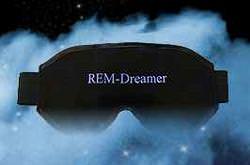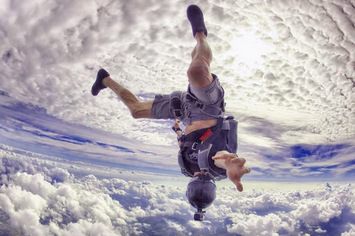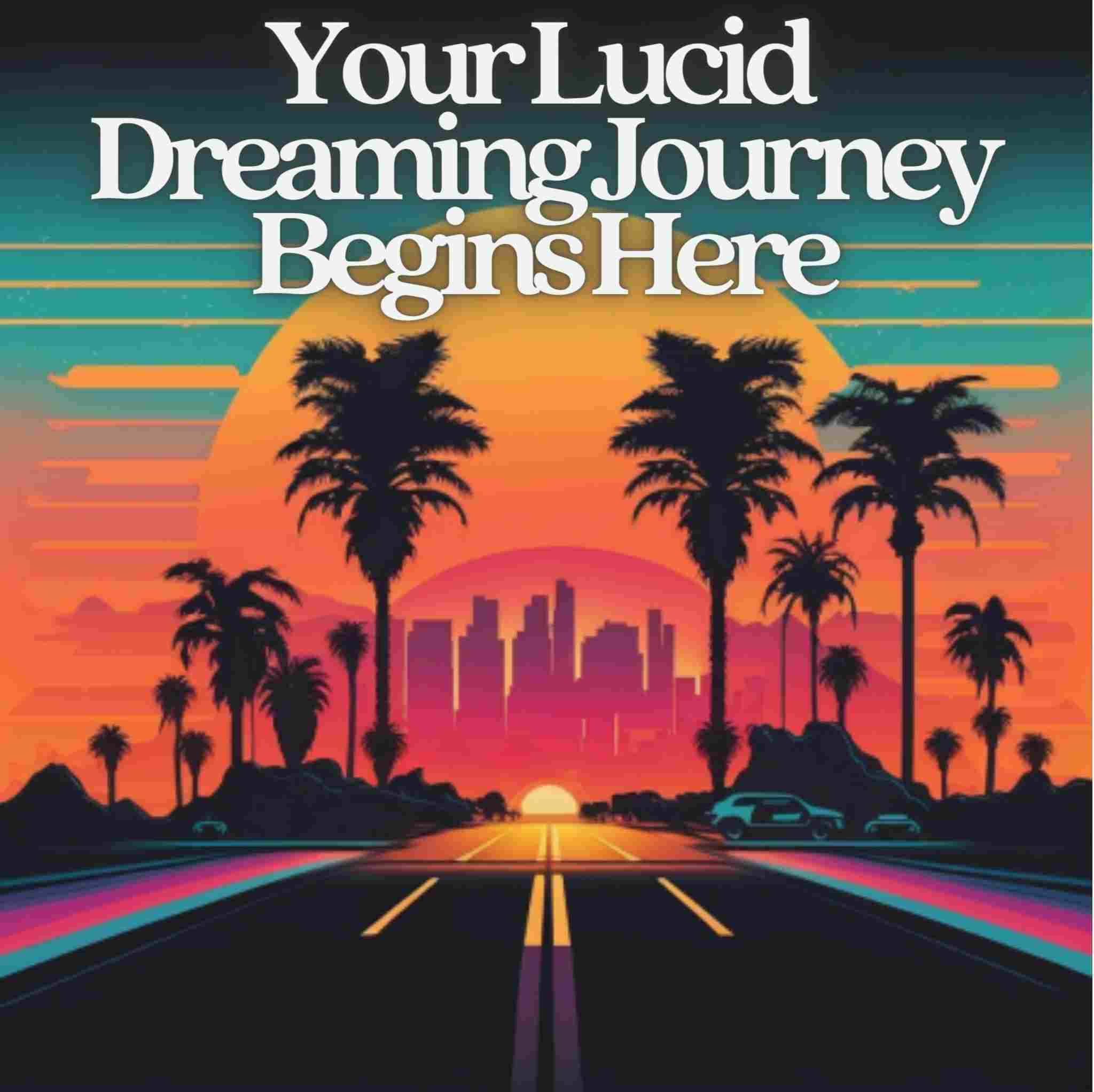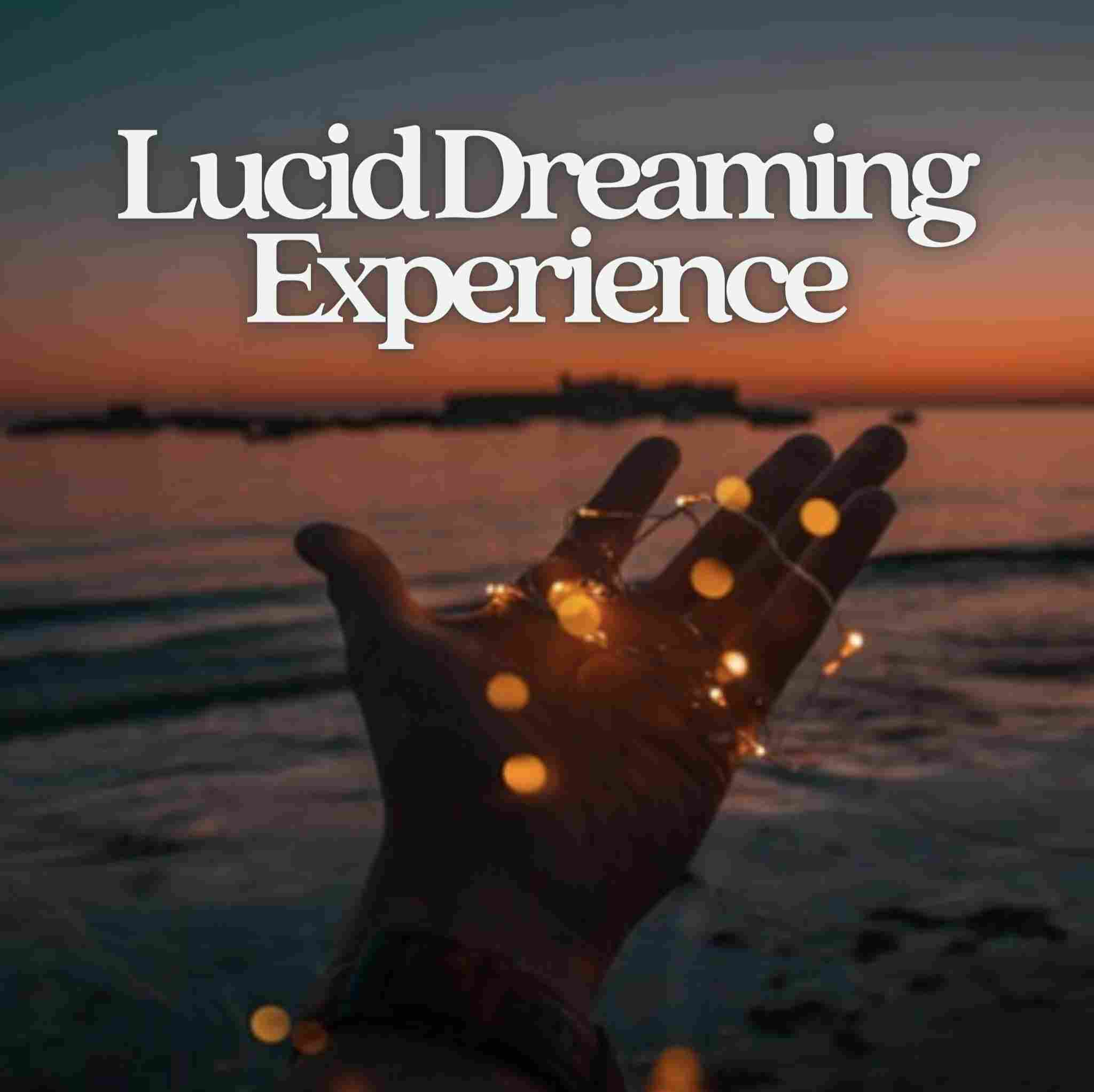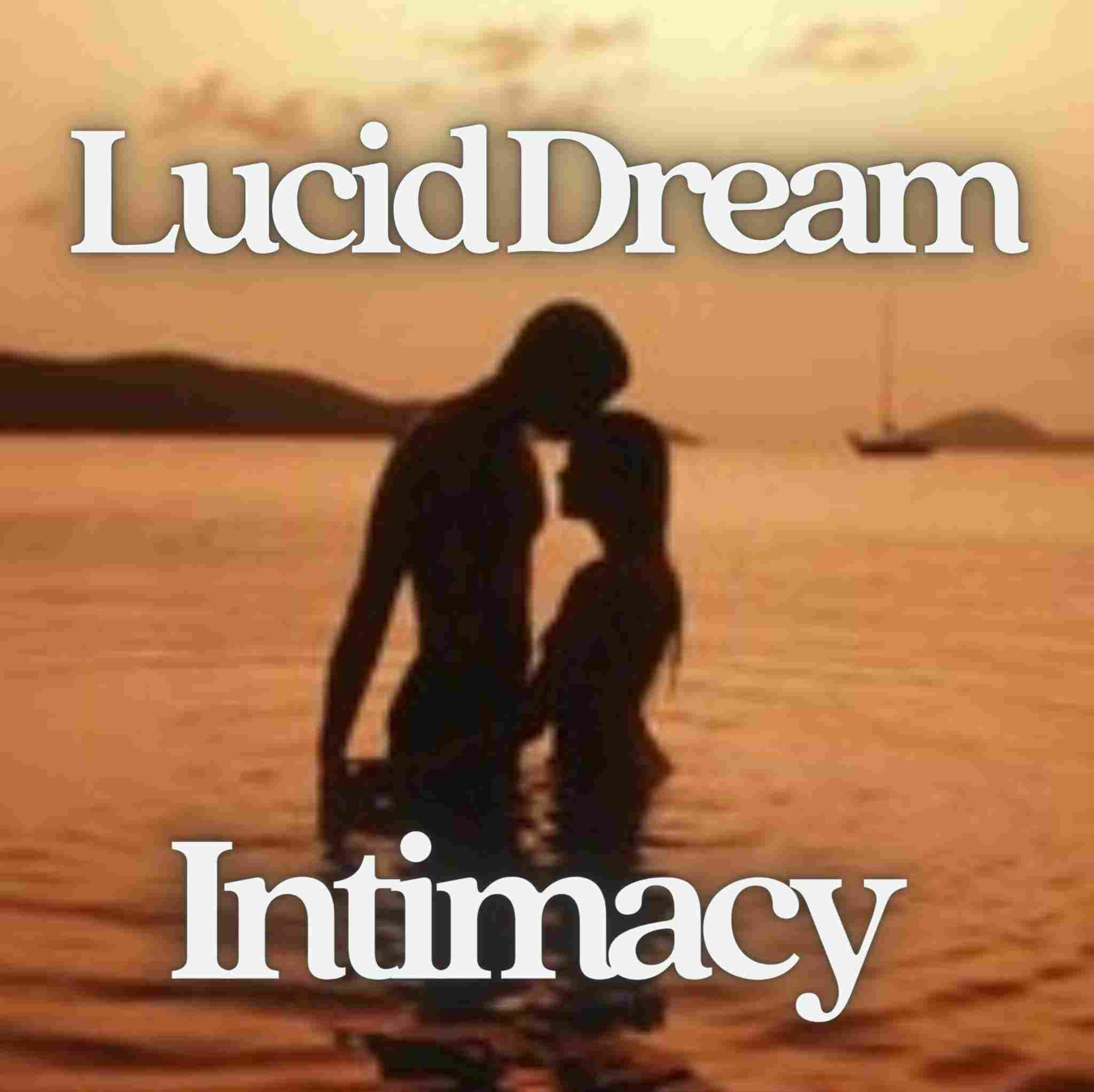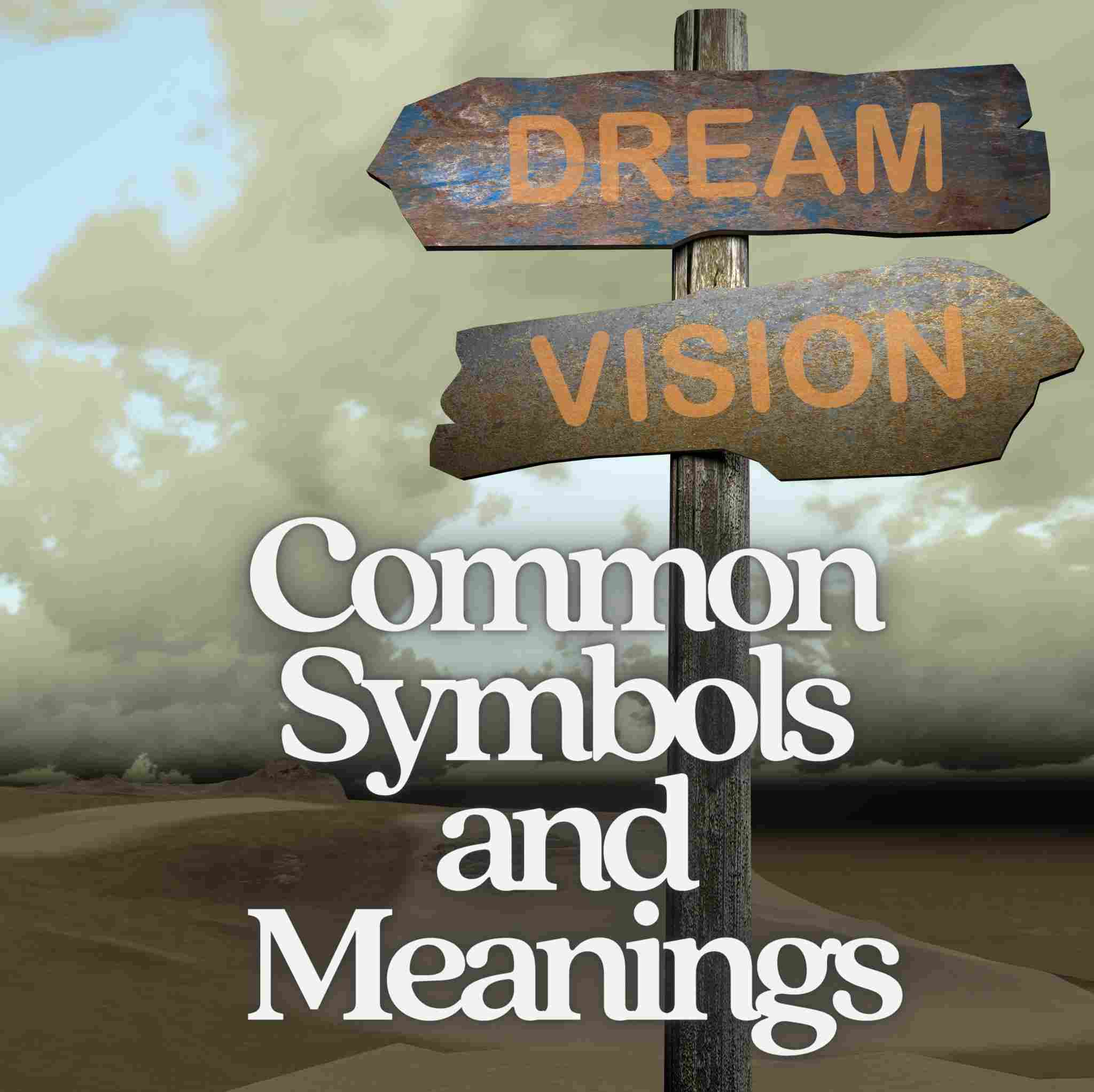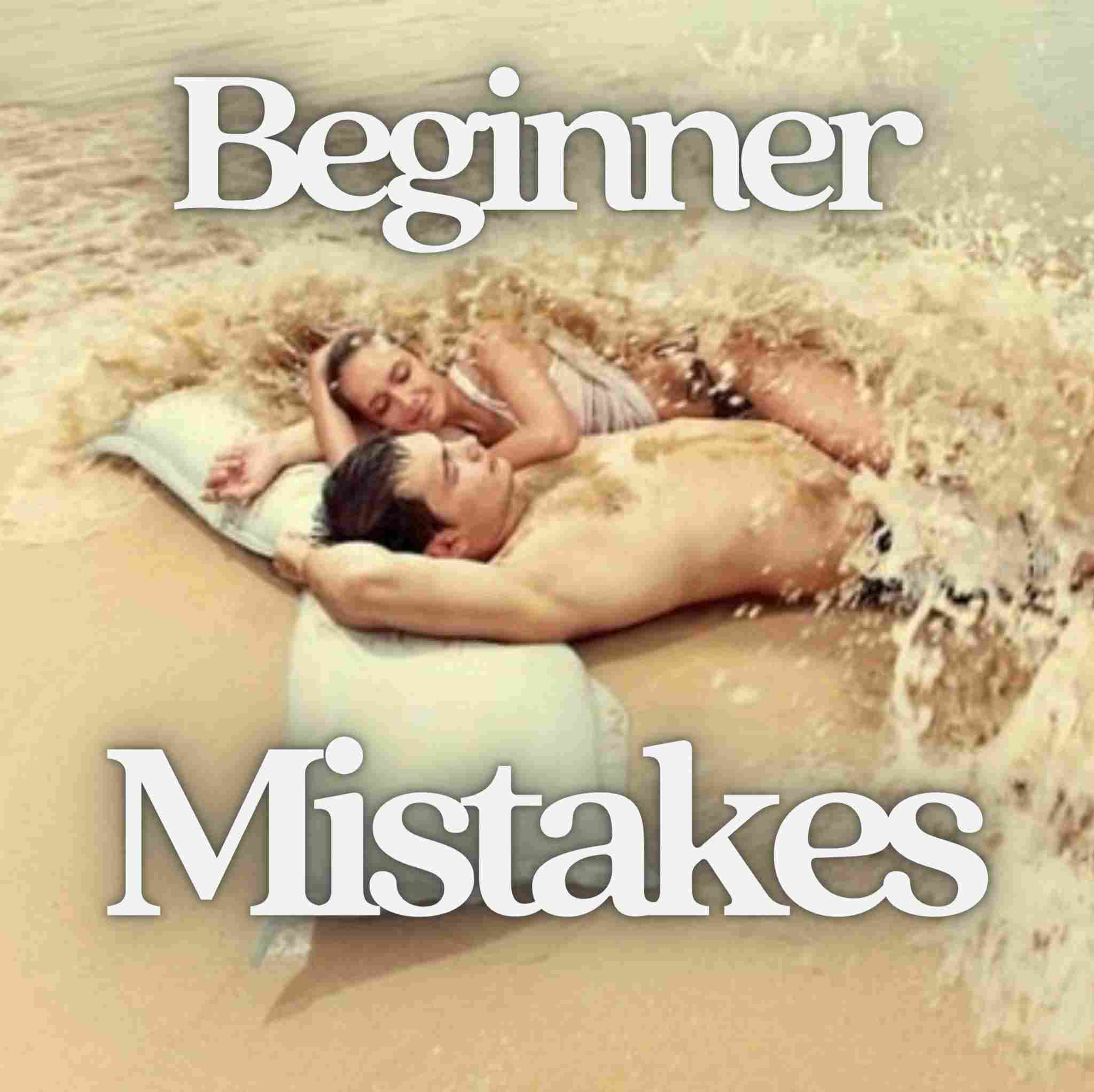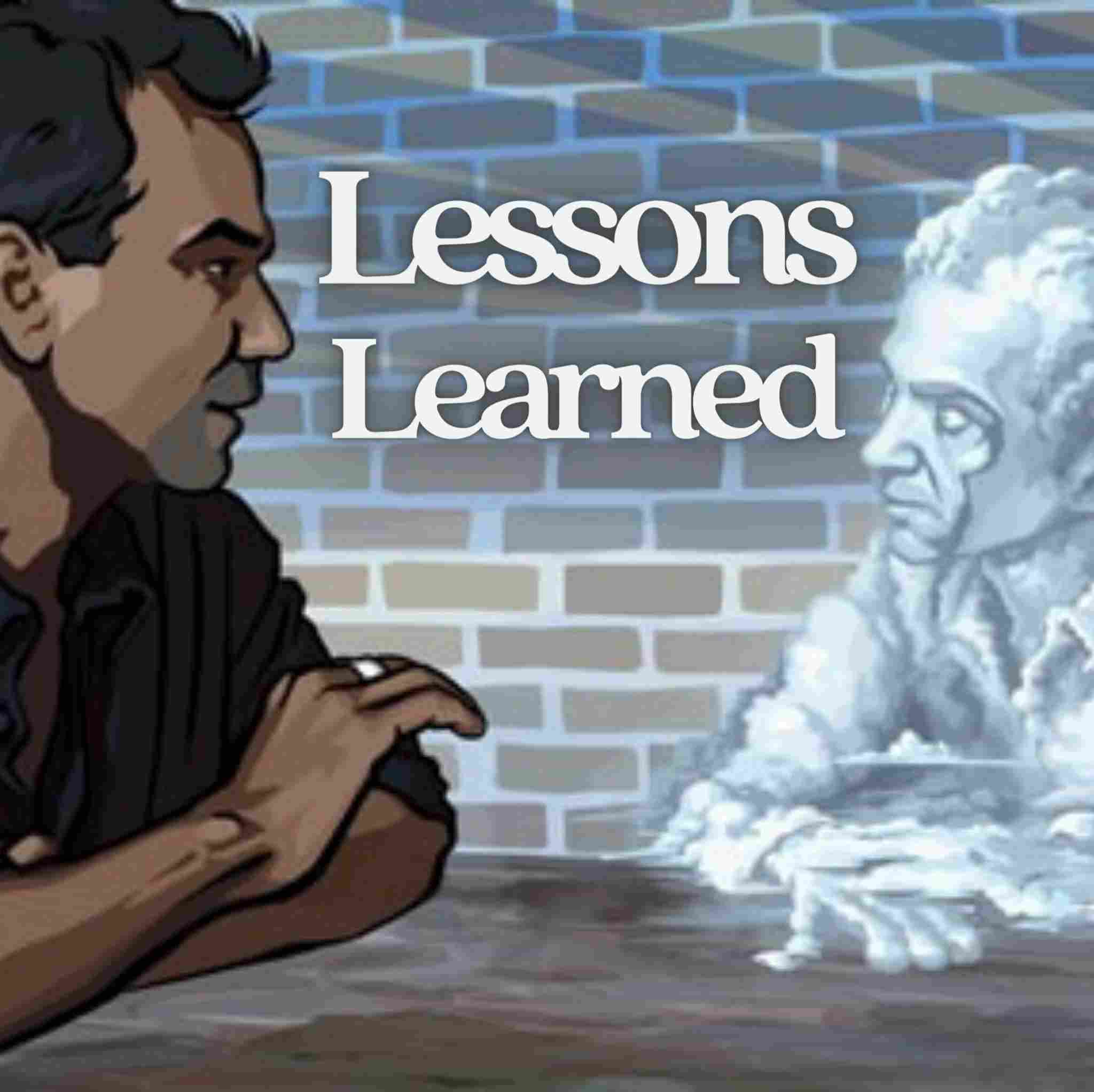The REM Dreamer Review: A Lucid Dreaming Mask
The REM Dreamer is Europe's answer to the NovaDreamer.
It is similar in design and function, and costs much less. Like most lucid dreaming devices, it uses infra-red sensors to detect when you are in REM sleep. It then produces sound and light cues which are incorporated into your dream and help you become lucid.
You may interpret these dream signs as sunlight, camera flashes, car headlights or many other types of stimulus. It is your job to recognize the flashing lights as a dream sign and become consciously lucid via a pre-determined reality check.
Features of The REM Dreamer
An intelligent feature of the REM Dreamer is Two Way Communication (TWC) between the device and the dreamer.
Sleep experiments show that during REM sleep, dreamers move their eyes in the same direction as they do in their dreams. In fact, it was Dr Stephen LaBerge who famously did this to scientifically prove lucid dreaming in the 1980s. When lucid, he gave pre-determined eye signals to researchers in the outside world.
Here you can do the same. When the TWC feature is used on the REM Dreamer, it creates a series of light cues of increasing intensity. Once you become lucid, you can actually signal back to the lucid mask that you have become conscious. The infra-red sensors in the mask detect the pattern and stops giving lucidity cues.
This means that your lucid dreams won't be interrupted by ongoing flashing light cues, which is a common complaint among people who use other brands of lucid dreaming mask without the TWC feature.
Comfort and Reliability
The REM Dreamer is sold by Polish-based ELI Company, who offer a friendly and polite service and free international shipping which takes 3-12 days.
As with any lucid dreaming mask, it does take some getting used to. It depends on your threshold but some people may be too sensitive to wear a mask while they sleep because of the pressure it puts on the face. You can adjust the velcro straps to relieve the pressure - although the more snug the fit, the better the sensors will detect your Rapid Eye Movement when you dream.
The instructions have been translated into English and are a little broken but fairly easy to understand. All of the functions are in line with other lucid dreaming masks and it is easy to adjust the intensity, frequency and duration of the flashing lights and audio alerts that the REM Dreamer emits.
Some people find the lower setting (2) to be bright enough to penetrate the eyelids, while others preferred the highest setting (6) to be effective. You can also set the duration of the snooze mode, allowing you to fall asleep before the REM sensor activates.
In the morning, the REM Dreamer tells you how many times it was activated during the night, so you can see how well it worked for you. The target is 20-25 times per six hours of sleep. If it is outside that range you can simply adjust the sensitivity of the infra-red sensor depending on your room lighting conditions. Expect it to require a few night's calibration before you hit the sweet spot.
Success Rate
The REM Dreamer can enhance dream recall and shorten the time needed to learn lucid dreaming. However, it is not foolproof.
Like all lucid dreaming masks, it also relies on your ability to sleep normally wearing a mask (constantly disturbed sleep is very undesirable) and recognize the light cues as a sign you are dreaming. The latter is not difficult, but it does require practice. Assuming you quickly adapt to your new sleep buddy and do frequent reality checks in the daytime, you can expect to have lucid dreams within a few weeks.
One REM Dreamer user illustrated the importance of reality checks very well. In a dream, the flashing lights triggered, and the entire dreamscape flashed red. Instead of seeing it as a dream sign, he thought "oh, I should do reality checks more often so I can pick up on signals like that when I'm dreaming". This goes to show you shouldn't rely on dream logic to pick up on irregularities! It is essential that you link the flashing lights with the fact that you are surely dreaming.
Many people also report waking up in the night, pressing the reality check button on the REM Dreamer and finding it doesn't work. This triggers the realization that they are still dreaming. This is a neat feature of most lucid dreaming masks to help you identify false awakenings and turn them into lucid dreams.
If you decide to buy any lucid dream induction device, you really have to commit to it to get results. You can wear it the whole night - or at least the second half of the night when you dream much more intensely. Especially wear it during daytime naps which are often riddled with REM sleep (commonly REM rebound). If you are persistent, you are likely to experience some very enjoyable lucid dreams.
Buy The REM Dreamer
You can buy the REM Dreamer at Amazon or via the ELI Company website.
It is currently the best value lucid dreaming mask with advanced features like REM detection and Two Way Communication. 
See customer reviews on Amazon.

